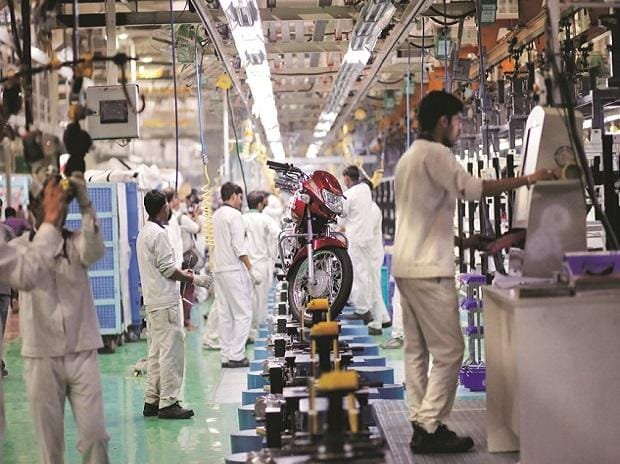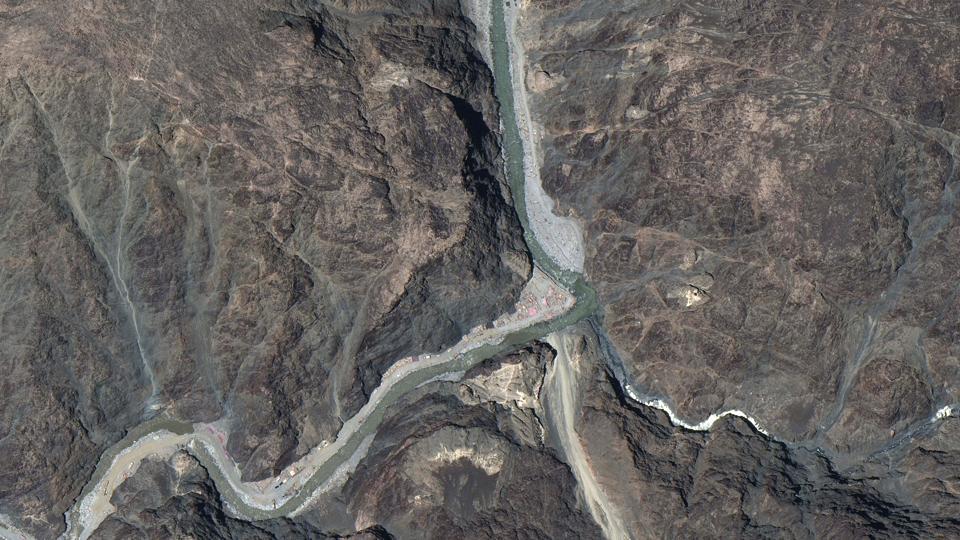On China, India is making a mistake | Opinion
Beijing is using talks to consolidate its territorial gains, force India to live with the new status quo
Brahma Chellaney
Successive governments have put more faith in diplomacy than the armed forces in achieving security objectives. Diplomacy can accomplish little in the absence of strategic vision and resolve or adequate leverage. The diplomatic blunders of 1948 (Kashmir dispute’s internationalisation), 1954 (Panchsheel Agreement’s acceptance of the “Tibet region of China”), 1960 (Indus Waters Treaty), 1966 (Taskhent) and 1972 (Simla) have imposed enduring costs.
Worse still, India has learnt little from its past. Today, with China’s multi-thrust aggression, history is repeating itself, underscored by a common Indian refrain that Beijing has betrayed India’s friendship. China’s latest “stab in the back” raises key questions, not about Beijing (which consistently employs deception, concealment and surprise in peacetime), but about India. What explains India’s “hug, then repent” proclivity over the decades? Why has India repeatedly cried betrayal, not by friends, but by adversaries in whom it reposed trust? Why has Indian diplomacy rushed to believe what it wanted to believe? What makes India keep repeating the cycle of bending over backward to court a foe and then failing to see aggression coming (as in Kargil, Pathankot or Doklam)? Why does India stay at the receiving end of its foes’ machinations? Why has it never repaid China with its own “salami slicing”?
One reason history repeats itself is that virtually every prime minister, although unschooled in national security at the time of assuming office, has sought to reinvent the foreign-policy wheel, rather than learn from past blunders. Another reason is that intellectuals and journalists shrink from closely scrutinising foreign policy moves. Overselling outcomes of summit meetings with China from 1988 to 2019 for leadership glorification has led to India’s worst China crisis after the 1962 war. For example, five separate border-management agreements were signed at summits between 1993 and 2013, with each accord hailed in India (but not China) as a major or historic “breakthrough”.
Now, India admits China has trashed all those agreements with its aggression. Yet India still plays into China’s hands by clinging to the accords, and by agreeing recently in Moscow to build on them through new confidence-building measures (CBMs).
China is showing it is a master in protracting negotiations to buy time to consolidate its territorial gains, while exploring the limits of its adversary’s flexibility and testing its patience. For Beijing, any agreement is designed to bind not China but the other side to its terms. It is seeking fresh CBMs to make India respect the new, Chinese-created territorial status quo and to restrict India from upgrading its border infrastructure. China’s foreign minister claims the “consensus” reached at Moscow is to “meet each other halfway”. Meeting China halfway will validate its “10 miles forward, 5 miles back” strategy, with China gaining half but India losing half. This illustrates Beijing’s definition of “give and take” — the other side gives and China takes.
Yet, India has placed its faith in diplomacy ever since it discovered China’s intrusions in early May. It reined in its armed forces from taking counter-actions until recently. Had it permitted proactive counter-measures earlier, once sufficient acclimatised troops and weapons capability were in place, China’s territorial gains would have been more limited.
China used the talks to make additional encroachments, especially on the critical Depsang Y-Junction, which controls access to several areas. Of all the land grabs China has made, the largest is in Depsang, the sector of utmost importance to Indian defences. Yet, this has received little attention.
China acted again as peace talks were on
India nudges Beijing to walk the talk on Ladakh disengagement, China doesn’t budge
In fact, some Indians are drawing a false equivalence between the Chinese and Indian military actions. While China has seized several areas that traditionally were under Indian patrolling jurisdiction, India has occupied its own unmanned mountain heights in one area in order to pre-empt another Chinese land grab. The defence minister’s statement in Parliament, however, shows the government remains loath to admit that China has encroached on Indian areas. Shielding the government’s image, alas, comes first. This explains why India hasn’t labelled China the aggressor, leaving the field open for China to repeatedly call India the aggressor.
Having redrawn the Line of Actual Control (LAC) in several Ladakh sectors, China is now seeking to replace the term LAC with the looser expression “border areas”. It had its way in the Moscow agreement, which repeatedly mentions “border areas,” not LAC. All the boundary-related bilateral accords and protocols are LAC-centred. But China is treating LAC as a line to actually control by changing facts on the ground. The Moscow agreement’s use of the vague term “border areas” helps obscure China’s encroachments and creates space for more Chinese salami-slicing.
Diplomacy is unlikely to deliver the
status quo ante India seeks. In fact, China seems intent on continuing, below the threshold of armed conflict, coercive military pressure along the entire frontier until India acquiesces to its demands, including reconciling to the new status quo.
Will China’s win-without-fighting warfare campaign help create a new India steeped in realism and determined to break the cycle of history repeating itself? At a minimum, it promises to shake up India’s business-as-usual approach to national security.
Brahma Chellaney is a geostrategist
Beijing is using talks to consolidate its territorial gains, force India to live with the new status quo

www.hindustantimes.com

 who pre-empted on 29-30. Take hit n keep moving.....
who pre-empted on 29-30. Take hit n keep moving..... Indian Armed Forces are there to keep hitting them n make them move.
Indian Armed Forces are there to keep hitting them n make them move.



